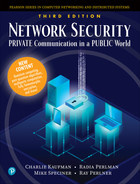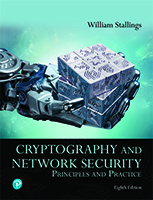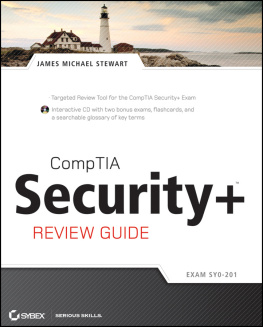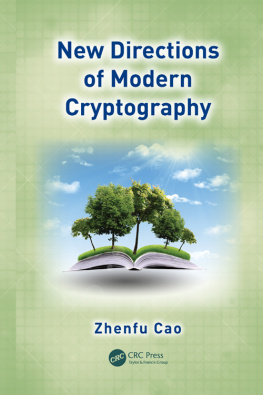Unit I
THE OSI SECURITY ARCHITECTURE
The OSI security architecture focuses on security attacks, mechanisms, and services. These can be defined briefly as follows:
Security attack: Any action that compromises the security of information owned by an organization.
Security mechanism: A process (or a device incorporating such a process) that is designed to detect, prevent, or recover from a security attack.
Security service: A processing or communication service that enhances the security of the data processing systems and the information transfers of an organization.
SECURITY ATTACKS
A useful means of classifying security attacks, is in terms of passive attacks and active attacks . A passive attack attempts to learn or make use of information from the system but does not affect system resources. An active attack attempts to alter system resources or affect their operation.
PASSIVE ATTACKS
Passive attacks are in the nature of eavesdropping on, or monitoring of, transmissions. The goal of the opponent is to obtain information that is being transmitted. Two types of passive attacks are release of message contents and traffic analysis.
The release of message contents is easily understood (Figure 1.1a). A telephone conversation, an electronic mail message, and a transferred file may contain sensitive or confidential information. We would like to prevent an opponent from learning the contents of these transmissions.

Figure 1.1. Passive Attacks
A second type of passive attack, traffic analysis, is subtler (Figure 1.1b). Suppose that we had a way of masking the contents of messages or other information traffic so that opponents, even if they captured the message, could not extract the information from the message. The common technique for masking contents is encryption. If we had encryption protection in place, an opponent might still be able to observe the pattern of these messages. The opponent could determine the location and identity of communicating hosts and could observe the frequency and length of messages being exchanged.
Passive attacks are very difficult to detect because they do not involve any alteration of the data. Typically, the message traffic is not sent and received in an apparently normal fashion and the sender nor receiver is aware that a third party has read the messages or observed the traffic pattern.
ACTIVE ATTACKS
Active attacks involve some modification of the data stream or the creation of a false stream and can be subdivided into four categories: masquerade, replay, modification of messages, and denial of service.
A masquerade takes place when one entity pretends to be a different entity (Figure 1.2a). A masquerade attack usually includes one of the other forms of active attack. For example, authentication sequences can be captured and replayed after a valid authentication sequence has taken place, thus enabling an authorized entity with few privileges to obtain extra privileges by impersonating an entity that has those privileges.
Replay involves the passive capture of a data unit and its subsequent retransmission to produce an unauthorized effect (Figure 1.2b).
Modification of messages simply means that some portion of a legitimate message is altered, or that messages are delayed or reordered, to produce an unauthorized effect (Figure 1.2c). For example, a message meaning "Allow John Smith to read confidential file accounts" is modified to mean "Allow Fred Brown to read confidential file accounts."
The denial of service prevents or inhibits the normal use or management of communications facilities (Figure 1.2d). This attack may have a specific target; for example, an entity may suppress all messages directed to a particular destination (e.g., the security audit service). Another form of service denial is the disruption of an entire network, either by disabling the network or by overloading it with messages so as to degrade performance.
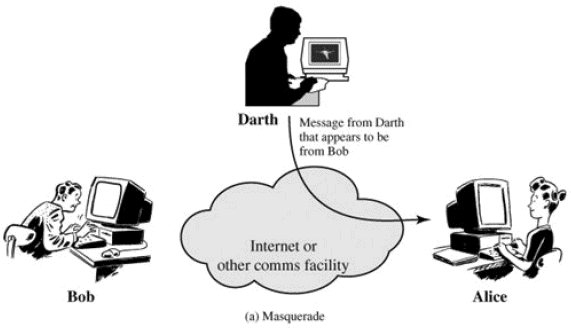
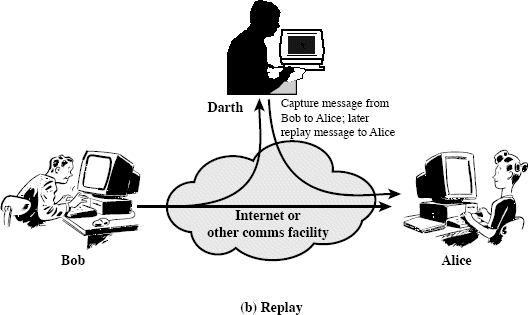

Figure 1.2. Active Attacks
SECURITY SERVICES
AUTHENTICATION
The assurance that the communicating entity is the one that it claims to be.
Peer Entity Authentication
Used in association with a logical connection to provide confidence in the identity of the entities connected.
Data Origin Authentication
In a connectionless transfer, provides assurance that the source of received data is as claimed.
ACCESS CONTROL
The prevention of unauthorized use of a resource (i.e., this service controls who can have access to a resource, under what conditions access can occur, and what those accessing the resource are allowed to do).
DATA CONFIDENTIALITY
The protection of data from unauthorized disclosure.
Connection Confidentiality
The protection of all user data on a connection.
Connectionless Confidentiality
The protection of all user data in a single data block
Selective-Field Confidentiality
The confidentiality of selected fields within the user data on a connection or in a single data block.
Traffic Flow Confidentiality
The protection of the information that might be derived from observation of traffic flows.
DATA INTEGRITY
The assurance that data received are exactly as sent by an authorized entity (i.e., contain no modification, insertion, deletion, or replay).
Connection Integrity with Recovery
Provides for the integrity of all user data on a connection and detects any modification, insertion, deletion, or replay of any data within an entire data sequence, with recovery attempted.
Connection Integrity without Recovery
As above, but provides only detection without recovery.
Selective-Field Connection Integrity
Provides for the integrity of selected fields within the user data of a data block transferred over a connection and takes the form of determination of whether the selected fields have been modified, inserted, deleted, or replayed.
Connectionless Integrity



